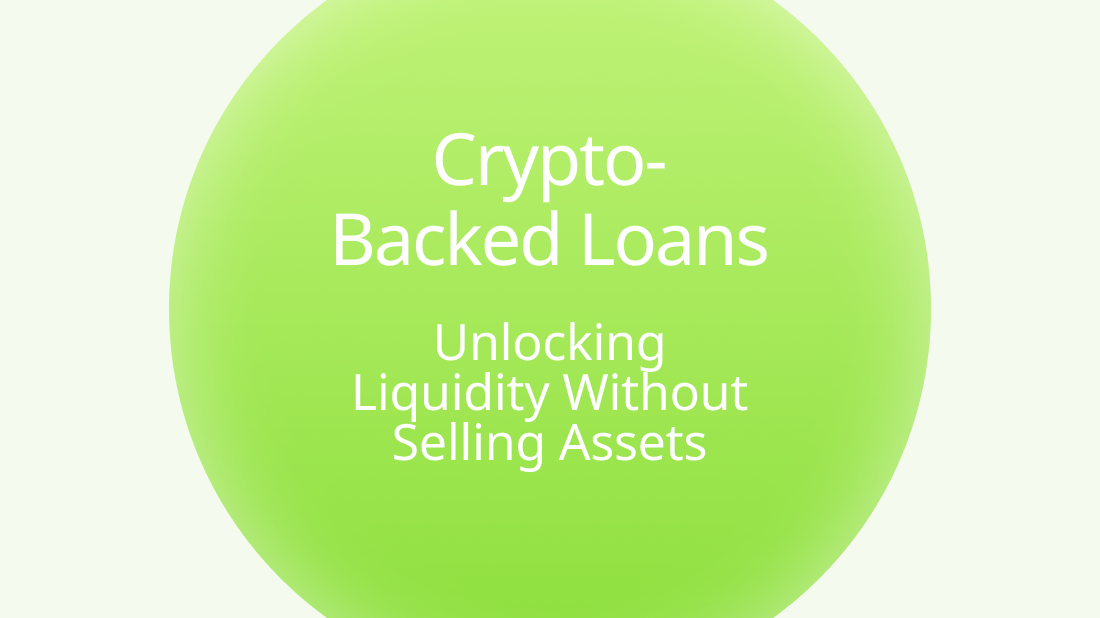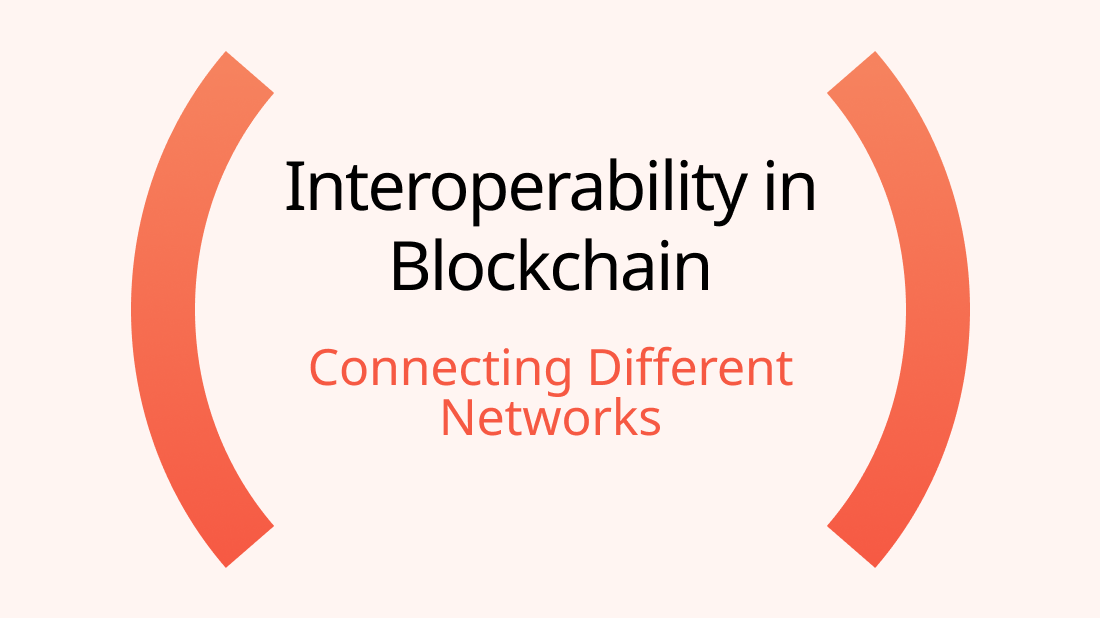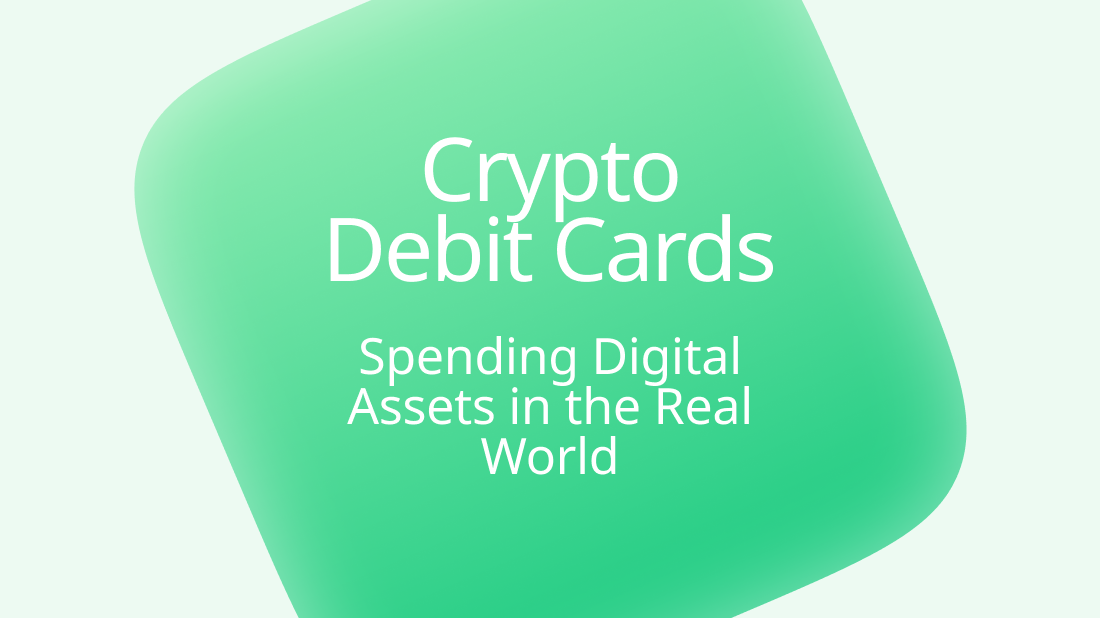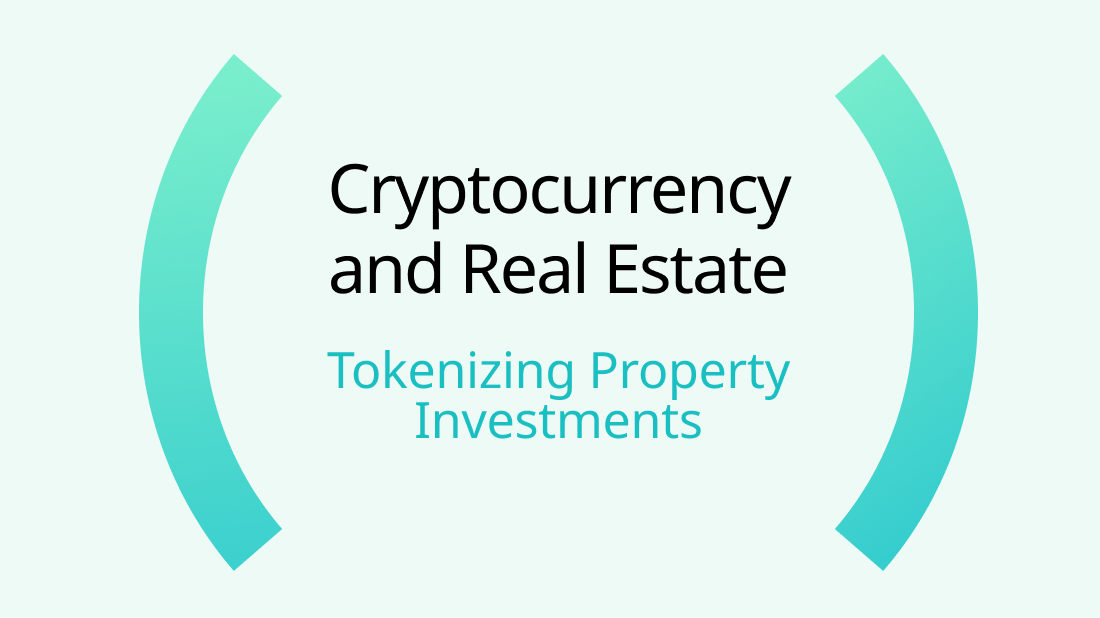Yield Farming vs. Staking: Comparing Passive Income Strategies in DeFi
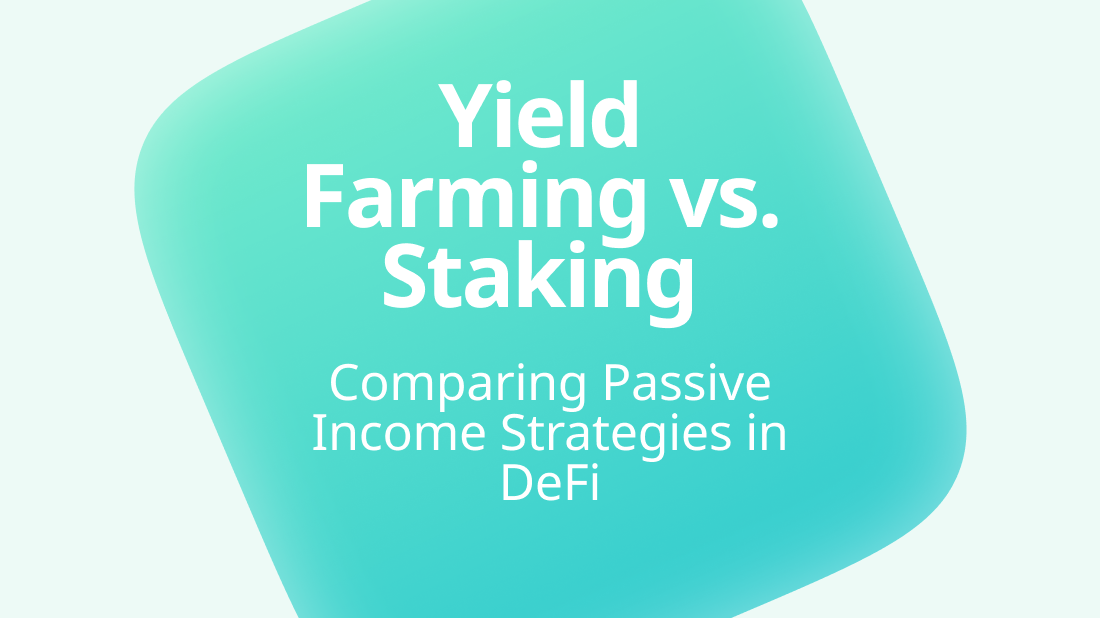
In the world of decentralized finance (DeFi), yield farming and staking have emerged as popular methods for earning passive income by leveraging cryptocurrency holdings. Both strategies involve locking up assets to support blockchain networks and earn rewards. In this article, we delve into the differences between yield farming and staking, exploring their unique characteristics, benefits, and considerations for investors looking to generate passive income in the DeFi ecosystem.
Understanding Yield Farming and Staking
Yield farming, also known as liquidity mining, involves providing liquidity to DeFi protocols by depositing assets into liquidity pools. In return, liquidity providers (LPs) receive rewards in the form of tokens, often the native tokens of the protocol or project.
Yield farmers deposit their assets (e.g., stablecoins, tokens) into liquidity pools on decentralized exchanges (DEXs) or lending platforms.
By providing liquidity, yield farmers earn a portion of transaction fees and yield farming rewards distributed by the protocol.
Staking involves locking up cryptocurrencies in a blockchain network's wallet to support network operations and secure the network. In return, stakers receive rewards, typically in the form of additional tokens.
Stakers lock up their tokens in a designated staking wallet or smart contract to participate in network consensus.
Stakers contribute to network security and governance by validating transactions and maintaining network integrity.
Comparing Yield Farming and Staking
1. Risk and Rewards:
Yield Farming: Higher potential rewards due to exposure to liquidity provider fees and protocol-specific rewards. However, yield farming carries higher risks, including impermanent loss and smart contract vulnerabilities.
Staking: Generally lower risk compared to yield farming, as staking involves supporting network operations. Rewards are typically lower but more stable and predictable.
2. Liquidity Requirements:
Yield Farming: Requires liquidity provision, i.e., depositing assets into liquidity pools. The amount of liquidity provided determines potential rewards.
Staking: Requires holding a certain amount of tokens (staking balance) in a designated wallet or smart contract to participate in staking and earn rewards.
3. Flexibility and Lock-Up Period:
Yield Farming: Liquidity can be withdrawn at any time but may incur impermanent loss if the market value of deposited assets changes significantly.
Staking: Typically involves a lock-up period during which staked tokens are inaccessible. The duration of the lock-up period varies depending on the protocol.
Considerations for Investors
- Risk Tolerance:
Assess your risk tolerance and understand the potential risks associated with each strategy, including impermanent loss, smart contract risks, and market volatility.
- Return on Investment (ROI):
Evaluate potential returns and consider factors such as APY (Annual Percentage Yield), tokenomics, and protocol incentives when choosing between yield farming and staking.
- Diversification:
Consider diversifying your passive income strategies by combining yield farming and staking with other DeFi opportunities to optimize risk-adjusted returns.
Conclusion
Yield farming and staking represent distinct passive income strategies within the DeFi landscape, offering investors opportunities to earn rewards by contributing to blockchain networks and liquidity provision. While yield farming offers higher potential rewards but carries higher risks, staking provides a more stable and predictable income stream with lower risk exposure. As with any investment strategy, it's essential to conduct thorough research, assess risk factors, and align your investment approach with your financial goals and risk tolerance. By understanding the differences between yield farming and staking, investors can make informed decisions to optimize their DeFi investment strategies and participate in the evolving decentralized finance ecosystem.



